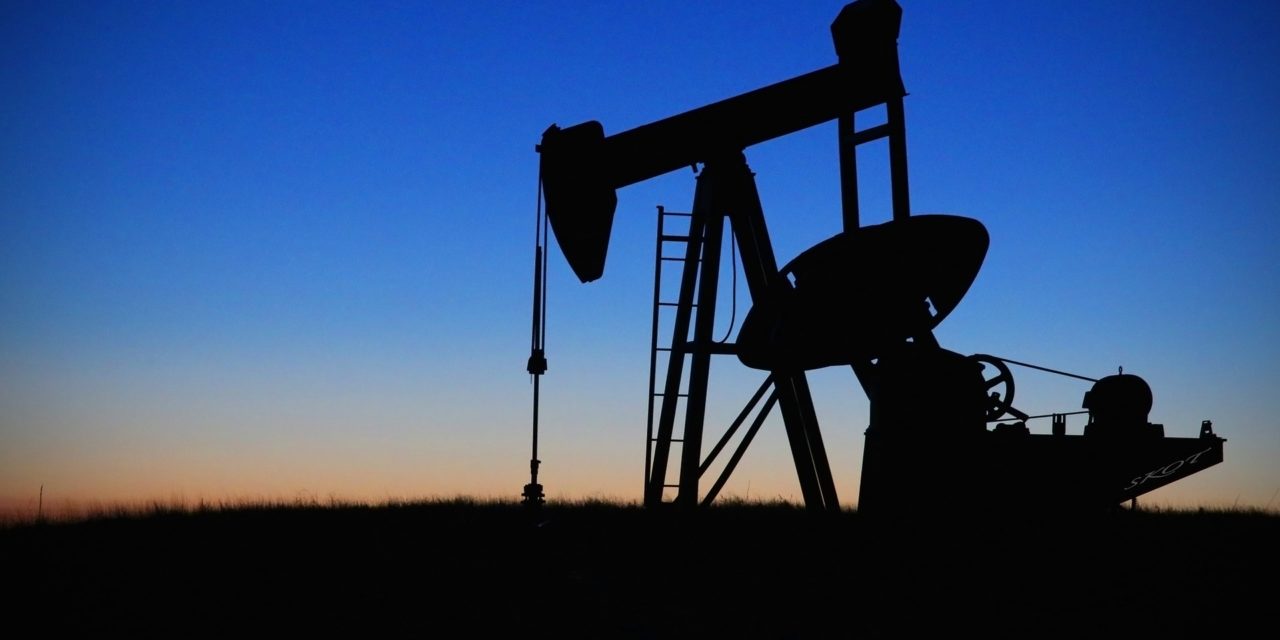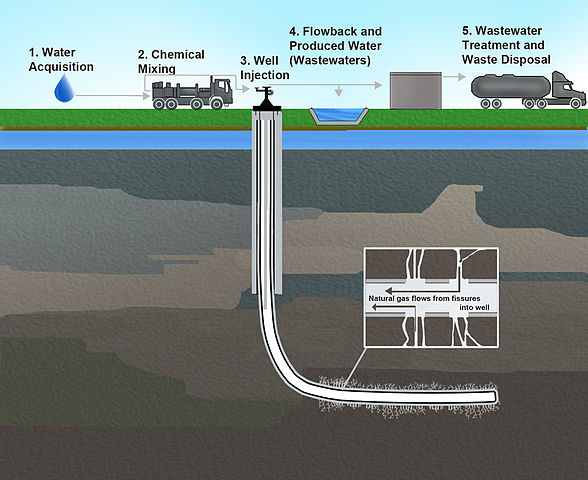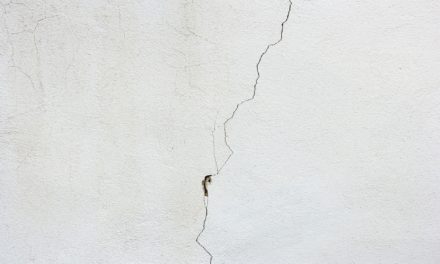The U.S. Bureau of Land Management (BLM) released new fracking rules on March 20 to be published in the Federal Register on March 26, but the regulations will only affect drilling conducted on federally managed public or tribal lands. Drilling on private property or state-owned land will still be covered by state and local laws.
The new regulations cover any hydraulic fracturing occurring on about 750 million acres across the country. Fracking has been seen as a catalyst to the recent energy boom enjoyed by the United States, but it has also had its share of controversy. Residents living near drilling wells have sued several oil companies, and one lawsuit went to trial with the homeowners awarded nearly $3 million.
Over the past few months, published studies in scientific journals linked fracking to earthquakes in states like Ohio, with scientists predicting more earthquakes could be on the way as the drilling affects nearby fault lines.
The new regulations quickly drew the ire of the oil and gas industry, who filed a lawsuit against the U.S. Secretary of the Interior and the BLM in Wyoming federal court an hour after the regulations were announced. The Independent Petroleum Association of America and Western Energy Alliance’s lawsuit alleges that the government is reacting to unsubstantiated concerns with no evidence to back them up. The groups have also claimed that new disclosure requirements would compel companies to reveal proprietary information protected by federal law.
Republican lawmakers are also attempting to block the BLM from implementing the regulations. On March 19, Senator James Inhofe (R-OK) introduced S.828, a bill supported by 26 cosponsors, to ensure that states have the sole authority to regulate fracking on federal land.
Unless a court or Congress intervenes, drillers have 3 months before the rules take effect, at which time they will have to
- Test well integrity and ensure strong cement barriers between wellbores and water zones.
- Allow government employees to inspect the barriers lining fracking wells.
- Disclose the chemicals used in the fracking process to the BLM within 30 days of completing fracking operations at a well.
- Follow new rules on storing chemicals and fluids used in or recovered from fracking operations.
The final rule requires that specified best practices be used and demonstrated for all wells, not just a sample well. More than 90,000 fracking wells will be affected by the new regulations. Up until now, fracking regulations have been in the hands of state and tribal governments or the industry itself. Now all fracking operations on federal or tribal lands will fall under one set of rules. From a policy perspective, this seems to be a very efficient way for the federal government to define the institution (the “rules of the game”) and manage fracking operations on federal or tribal lands.
“Current federal well-drilling regulations are more than 30 years old, and they simply have not kept pace with the technical complexities of today’s hydraulic fracturing operations,” said Interior Secretary Sally Jewell.
Opponents in Congress and in the industry say the regulations will significantly increase oil and gas development costs, hampering job growth and slowing production. On the other side of the argument, many environmental advocates wanted to see stricter regulations, with some calling for an outright ban of fracking to protect the land.
Fracking isn’t the only environmental issue on the Obama Administration’s radar. The U.S. Environmental Protection Agency (EPA) is expected to release proposed rules on methane leaks and other emissions in the near future. Watch this space for updates.







Recent Comments